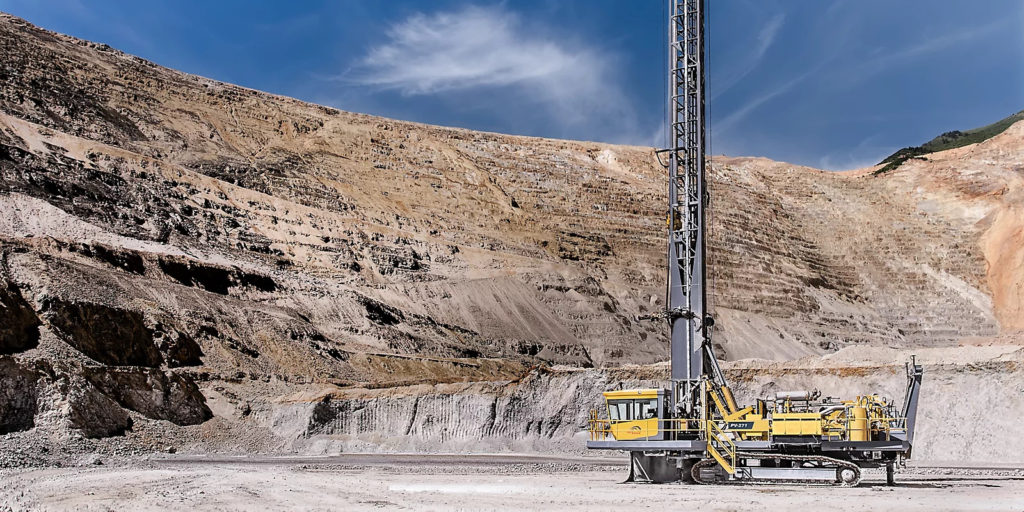Introduction
Epiroc AB, a leading mining equipment manufacturer, has achieved a significant milestone by securing its largest-ever contract worth A$350 million ($222 million) with Fortescue, an Australian mining giant. This five-year deal involves delivering a fleet of fully autonomous and electric surface mining equipment, marking a pivotal step in sustainable mining practices.
Key Details of the Contract
Under the agreement, Epiroc will supply a range of blasthole drill rigs, including the cable-electric Pit Viper 271 E and the battery-electric SmartROC D65 BE. These advanced machines will operate in Fortescue’s iron ore mines in the Pilbara region of Western Australia. Notably, the equipment will be driverless and fully autonomous, managed remotely from Fortescue’s Integrated Operations Centre in Perth, over 1,500 km away.
Fortescue estimates that this fleet will reduce diesel consumption by approximately 35 million liters annually, cutting over 90,000 tonnes of CO₂ emissions each year once fully operational. This aligns with Fortescue’s ambitious goal of achieving 'real zero' emissions by 2030, which includes replacing around 800 pieces of heavy mining equipment with zero-emission alternatives and deploying 2-3 GW of renewable energy and battery storage in the Pilbara.
Industry Implications and Epiroc’s Role
Epiroc’s CEO, Helena Hedblom, emphasized the significance of this contract, stating, 'Not only is this the largest contract we have ever received, but it is also a major step forward for our electric-powered surface equipment.' The partnership highlights Fortescue’s leadership in reducing emissions and enhancing safety and productivity through automation, with Epiroc playing a crucial role in supporting these efforts.
Fortescue Metals’ CEO, Dino Otranto, also expressed enthusiasm for the collaboration, noting that the electric drills will immediately contribute to lowering the company’s carbon footprint. This move is part of a broader industry trend toward decarbonization, with major mining companies increasingly adopting green technologies to meet environmental targets.
Analysis and Perspective
While this contract is a commendable step toward sustainable mining, several challenges remain. The scalability of autonomous and electric equipment in harsh mining environments like the Pilbara, known for extreme heat and dust, raises questions about long-term reliability and maintenance costs. Additionally, the ambitious timeline for Fortescue’s 'real zero' emissions goal by 2030 may face logistical and technological hurdles, especially given the scale of replacing 800 heavy equipment units. However, partnerships like this one with Epiroc demonstrate a clear commitment to innovation and could set a benchmark for the industry if successful.
